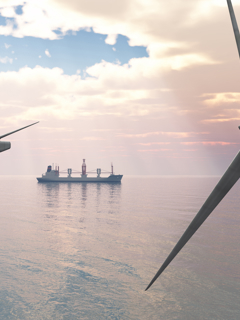Growing partnerships which drive shipping’s decarbonisation, an expanding role for the IMO, creating security for investments and striving for short-term improvements were the focus of shipping at this year’s COP climate summit.
But there is still much work to do. Adoption of future fuels remains in the early stages, with 98.8% of the fleet still sailing on fossil fuels, whilst 21% of vessels on order have the potential to operate on cleaner alternatives according to UNCTAD in their Review of Maritime Transport 2023.
Whilst shipping was not directly referenced in the official COP agreement the text did highlight the need for sectors to accelerate “renewables, nuclear, abatement and removal technologies such as carbon capture and utilisation and storage, particularly in hard-to-abate sectors, and low-carbon hydrogen production.”
Industry sees the opportunities – not just the challenges
The maritime industry’s outlook has shifted, significantly. Shipping maintains the lowest CO2 per tonne per mile and the industry is eager to maintain this mantle as other transport sectors decarbonise. COP28 showed shipping is striving for investment, to seize the opportunities presented by the energy transition.
Take the Green Shipping Challenge. Countries, ports, and companies made more than 60 major announcements or updates to announcements on issues ranging from new green shipping corridors; to integration of new zero and near-zero emission fuels and technologies; new training frameworks for seafarers on new maritime fuels; and supporting the overall implementation of the 2023 IMO GHG Strategy long-term goal and indicative checkpoints.
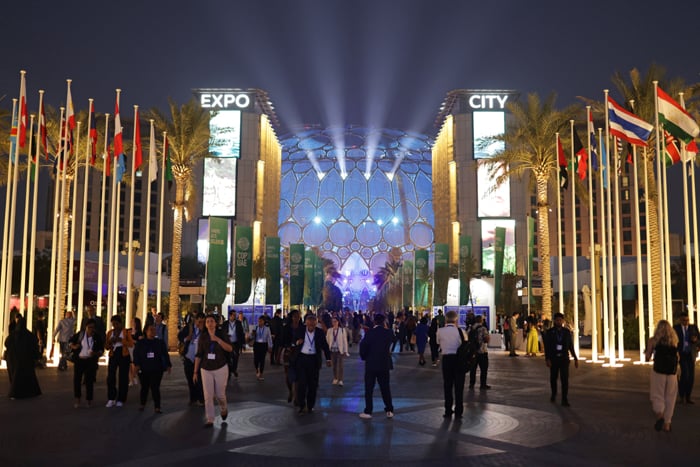
These included:
- Amazon and other Cargo Owners announced Zero-Emission Maritime Buyers Alliance (ZEMBA)
- Australia announced a Maritime Emissions Reduction National Action Plan.
- The Port of Antwerp-Bruges is to become import hub for green hydrogen.
- Brazil and Port CEOs of Hamburg, Açu, Halifax, and Antwerp joined the Clean Energy Marine Hubs.
- Fortescue “Green Pioneer” was unveiled and will become the world’s first ammonia capable ship.
- Höegh Autoliners has invested $1.2 billion in building 12 new net zero ammonia-ready car carriers that will decarbonize international shipping.
- Wind Challenger – Mitsui O.S.K. Lines wind powered vessel “SHOFU MARU” sets sail.
- Wallenius Wilhelmsen announced green energy new-builds for a net-zero end-to-end offering by 2027, as well as a commitment to making wind propulsion a reality again.
- Yara International and partners announced the world's first container ship that will use clean ammonia as fuel. Named Yara Eyde, the vessel will be the first to sail emission-free sea route between Norway and Germany.
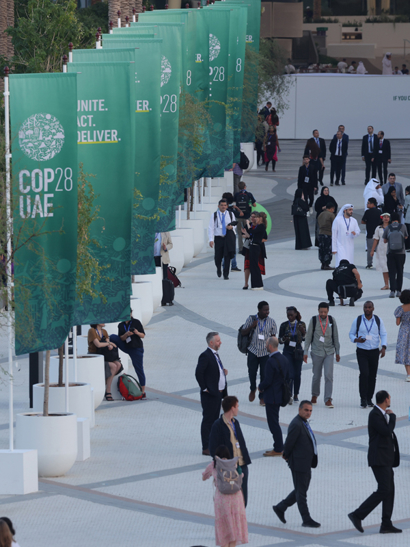
Partnerships are key
But what can partnerships look like in practice?
Take the Castor Initiative, a project namechecked multiple times by Capt. Rajalingam Subramaniam, President and Group CEO of MISC at the International Chamber of Shipping’s Shaping the Future of Shipping summit
The global coalition, which includes MISC Berhad, Lloyd’s Register, Samsung Heavy Industries, MAN Energy Solutions, the Maritime and Port Authority of Singapore, Yara Clean Ammonia, TotalEnergies and Jurong Port, was established in January 2020 to develop an ammonia-fuelled tanker design. “We are on track to getting these first deep sea, zero emissions ships into the water with regular repetition from 2026 onwards,” according to Nick Brown, CEO of Lloyd’s Register. For Capt. Raja, bringing onboard the financiers is the next step for the partnership. This is something which the Lloyd’s Register Maritime Decarbonisation Hub has already achieved with The Silk Alliance.
The current membership of The Silk Alliance comprises stakeholders across the entire value chain of shipping, involving both private and public organisations, including two financial institutions. The Silk Alliance was also recognised by the Green Shipping Initiative for identifying its first baseline fleet for Singapore Cluster and calls for further collaborators.
Also heavily on the agenda of COP28 was the importance of people to the transition, and the need to ensure that any transition is just and equitable.
That’s why at COP28, the Maritime Just Transition Task Force announced the next phase of the partnership. A new training framework, funded through the International Maritime Organization and Lloyd’s Register Foundation and developed by Lloyd’s Register, will equip seafarers with skills in decarbonization, and provide guidance for trainers and the industry.
It puts seafarers and communities at the heart of the solution as the industry works towards achieving its target for net zero emissions for shipping by 2050.
In the words of Harry Conway, Chair of the Marine Environment Protection Committee at the IMO, “treat the climate change threat with the same cooperative spirit we met Covid-19.”
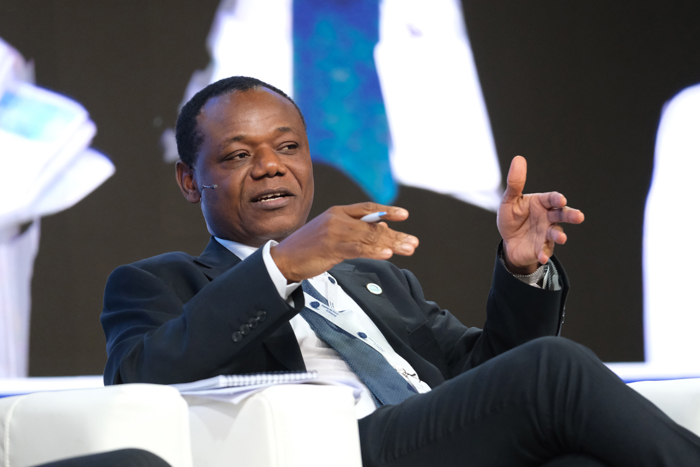
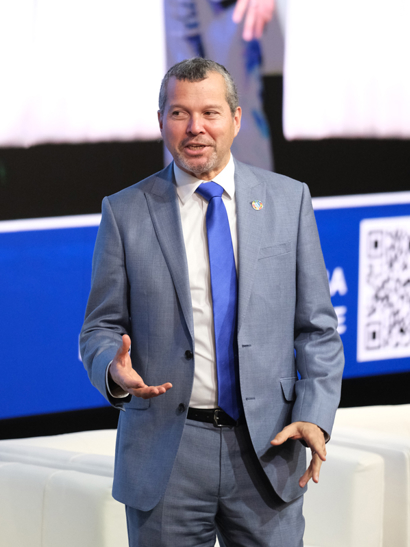
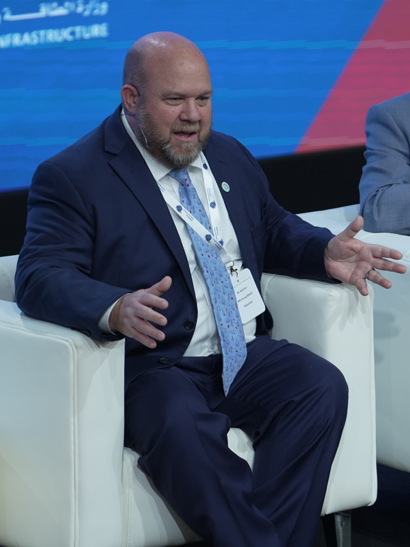
Future role of the IMO
Setting aside the key announcements and the view of the industry, another important and interesting development clearly articulated at COP28 was the potential future and role for the IMO. Nobody attending COP28 can be anything but certain about the charisma of the IMO Secretary General-elect Arsenio Dominguez, but we left much clearer on what he sees as the future of the IMO.
The direction there is clear: a greater role for the IMO as a facilitator to other sectors and ministers beyond shipping.
In many remarks throughout COP, Dominguez outlined the difficulties that face lie ahead. Maritime, for many governments, is a small section of their decarbonisation efforts with many shipping ministers struggling to make it into the COP28 country delegations. Instead, those spots were often reserved for environment and energy ministers.
“I spent nearly 20 years in a government, and I have seen how fragmented we were” Dominguez told delegates at the International Chamber of Shipping’s Shaping the Future of Shipping summit. “We organised an IMO event for the launch of the strategy, we invited energy ministries as well as shipping ones. This [talking to Governments beyond shipping ministries] is already happening.”
It’s a situation mimicked in industry as well: the competition with other industries for the reliable supply of future fuels. But it is not just in facilitating cross-government and sector communication that the IMO sees its future but broad agreement that we need more regulations from the IMO, so long as they are the right frameworks. Throughout COP28, at panel after panel, we heard the same age-old question: what would shipping’s reaction be to more regulation? Time and time again, we heard the great and the good of shipping telling us that more regulation from the IMO, regulations that were well created, which provided frameworks and certainty but did not block entrepreneurship were vital for the future.
“Four to five years ago it would have been heresy to call for more regulation,” Bud Darr, Executive Vice President of Maritime Policy and Government Affairs at MSC, announced to the ICS audience, “but in this case it can provide certainty and a level playing field.”
Dominguez, Conway, and others who help shape the direction of the IMO seemed ready to answer.
Is finance doing enough?
The IMO doing their part, and being supported by Governments and the industry is one thing, but what about finance? Are they doing enough to help shipping’s transition?
Whilst they were heavily criticized by many, the capital is there according to Tom Eveson, Director of Sustainable Finance Solutions for the Americas at Sustainalytics. During an insightful panel climate-ocean investments his belief is that for every $1 of funding invested into the blue economy, there is a further $10 waiting to be invested, but needing direction and certainty for investment. The main way to create that certainty, according to Eveson: partnerships. Partnerships which bring together the public and private sector and having the right regulatory frameworks in place to give greater confidence in the investment.
What about the short term?
Whilst we await the future fuelled vessels to come online, and for the production of future fuels to be scaled up, what actions can we take today? Well, “the best fuel saved is the fuel not burnt” according to LR CEO Nick Brown. We need to gain every possible efficiency of the current fleet that we can.
For Brown, that means “make sure that every existing drydocking counts going forward… We only have 6 years of drydocking left.” For some owners that is only one more dry-dock before 2030.
Until we can phase out the use of fossil fuelled vessels, “there are lots of relatively simple energy saving devices we can add today… whether its rudders, propellers, bow optimisation, paint, fins, air lubrication, wind assistance. All need to be adopted at much greater pace and scale.”
Others also talked of the need for carbon pricing, with acceptance across panels that some form was inevitable and necessary to level the playing field.
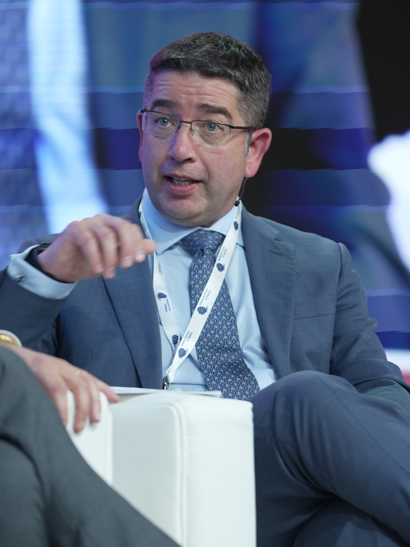
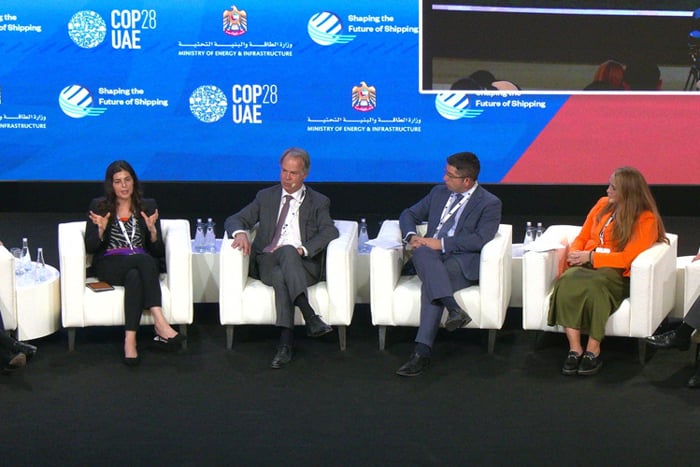
“We need to have a cost to the negative externalities of fossil fuels,” according to Alicia Eastman, CEO of Intercontinental Energy. “Buyers should not have to choose between something produced correctly, a zero emissions fuel, and one with pollutions attached to its production.”
Whilst official texts from COP28 have been received with mixed reactions, shipping was united at COP. United to seize the opportunities afforded by decarbonisation, united in partnerships to drive advancement and united by the desire to get regulations right.








